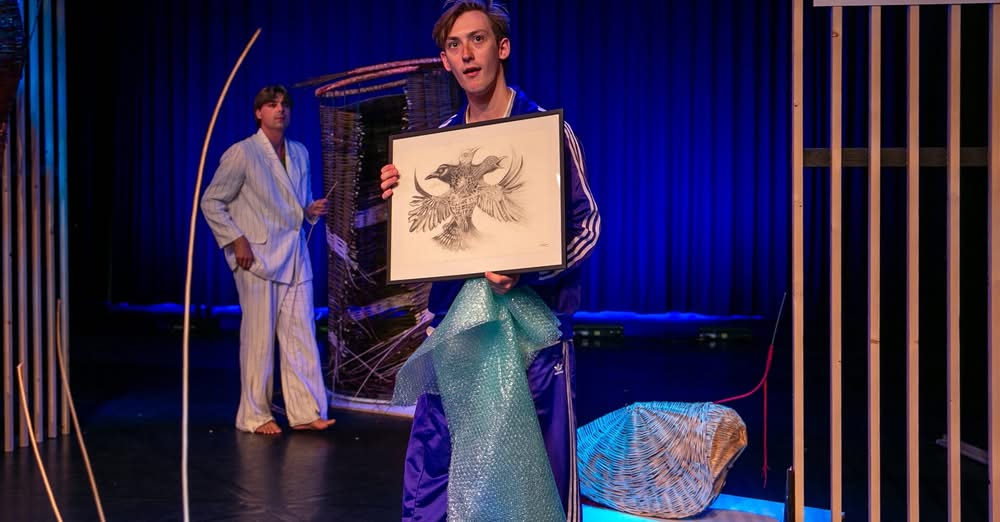In “Romanistan,” three young artists explore what it means to be Roma. At the same time, it’s a plea to view history not simply as a past, but as a living and present story, residing in the bodies of the new generation searching for a right to exist and recognition without having to hide or deny their identity.
The play will be presented in De Lindenberg in Nijmegen on Sunday, October 19.
- Verhalen van Roma en Sinti-gemeenschap. In: Brug Nijmegen. 12.10.2025. https://www.brugnijmegen.nl/nieuws/algemeen/207591/verhalen-van-roma-en-sinti-gemeenschap

